Home>Home Appliances>Bathroom Appliances>How Many Decibels Is A Hair Dryer
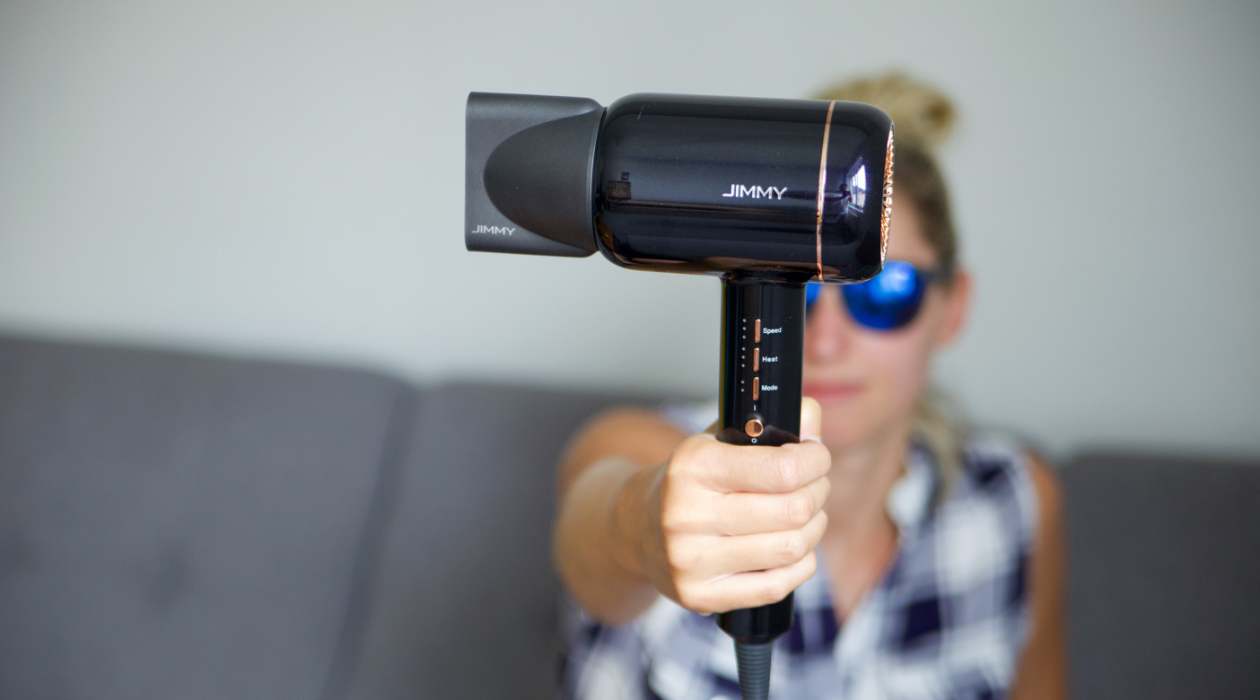

Bathroom Appliances
How Many Decibels Is A Hair Dryer
Modified: February 18, 2024
Discover the decibel level of a hair dryer and its impact on your household noise. Learn about bathroom appliances and noise levels at home.
(Many of the links in this article redirect to a specific reviewed product. Your purchase of these products through affiliate links helps to generate commission for Storables.com, at no extra cost. Learn more)
**
Introduction
**
When it comes to personal grooming, the hair dryer is a staple tool in many households. Its ability to quickly dry and style hair has made it an indispensable part of daily routines. However, have you ever stopped to consider the noise level of your trusty hair dryer? The decibel level of a hair dryer can have a significant impact on your overall experience, from the annoyance of loud noise to potential hearing damage with prolonged exposure.
In this article, we will delve into the world of decibels and explore the noise levels associated with hair dryers. Understanding the decibel scale and its implications for hair dryer usage can help you make informed decisions about your hair care routine. From the science behind decibels to the practical effects of hair dryer noise, we will cover it all. Additionally, we will provide valuable tips for using hair dryers in a way that minimizes noise-related concerns.
So, let's embark on a journey to uncover the secrets of hair dryer decibel levels and gain a deeper understanding of how they impact our daily lives. Whether you are a professional stylist, a beauty enthusiast, or simply someone who wants to make the most of their hair care routine, this article is for you. Let's dive in and discover the fascinating world of hair dryer decibels together.
**
Key Takeaways:
- Hair dryers typically produce noise levels ranging from 70 to 90 decibels, which can cause annoyance and potential hearing damage with prolonged exposure. Quieter models and mindful usage can help minimize the impact of hair dryer noise on our well-being.
- Understanding the effects of high decibel levels from hair dryers empowers us to make informed choices about our hair care routines. Practical tips, quieter models, and alternative drying methods offer solutions for a more enjoyable and sustainable hair drying experience.
Read more: How Many Decibels Is A Vacuum Cleaner
Understanding Decibels
**
Before we explore the specific decibel levels of hair dryers, it’s essential to grasp the concept of decibels and how they relate to sound intensity. Decibels, often abbreviated as dB, are a unit of measurement that quantifies the intensity of sound. The decibel scale is logarithmic, meaning that a small change in decibel level represents a substantial change in actual sound intensity.
For reference, a whisper may measure around 30 decibels, normal conversation around 60-70 decibels, and a rock concert can reach upwards of 120 decibels. When it comes to hair dryers, the decibel levels typically range from 70 to 90 decibels, depending on the make and model. Understanding these numerical values is crucial for evaluating the potential impact of hair dryer noise on our ears and overall well-being.
Furthermore, it’s important to note that prolonged exposure to high decibel levels can have adverse effects on our hearing. The Occupational Safety and Health Administration (OSHA) sets the standard for safe noise exposure in the workplace, with 85 decibels as the threshold for an 8-hour workday. Exceeding this limit can lead to noise-induced hearing loss, making it imperative to consider the decibel levels of commonly used appliances such as hair dryers.
As we continue our exploration of hair dryer decibels, keep in mind that understanding the decibel scale empowers us to make informed choices about our daily routines. By gaining insight into the science of decibels and their implications for our well-being, we can approach the use of hair dryers with a heightened awareness of their potential impact on our hearing health.
**
Hair Dryer Decibel Levels
**
Now that we’ve established a foundational understanding of decibels, let’s turn our attention to the specific decibel levels associated with hair dryers. As mentioned earlier, hair dryers typically produce noise in the range of 70 to 90 decibels. However, the actual decibel level can vary based on several factors, including the design, motor type, and airflow intensity of the hair dryer.
Professional-grade hair dryers, often used in salons and by hairstylists, may operate at the higher end of the decibel spectrum, reaching around 85 to 90 decibels. These models are engineered for efficient and rapid hair drying, which can contribute to increased noise levels. On the other hand, consumer-grade hair dryers designed for home use tend to fall within the 70 to 85 decibel range, offering a balance between performance and noise output.
It’s important to consider the impact of these decibel levels on our daily routines. Prolonged exposure to noise levels above 85 decibels can potentially lead to hearing damage over time, making it crucial to be mindful of the noise emitted by hair dryers. Understanding the decibel range of your hair dryer can help you make informed decisions about usage and take proactive steps to protect your hearing health.
Additionally, advancements in hair dryer technology have led to the development of quieter models that prioritize noise reduction without compromising drying efficiency. These innovative hair dryers utilize sound-dampening materials, advanced motor designs, and airflow optimization to minimize noise output while delivering exceptional performance. By opting for a quieter hair dryer, you can enjoy the benefits of efficient hair drying without subjecting yourself to excessive noise levels.
As we navigate the realm of hair dryer decibel levels, it’s clear that the noise output of these devices plays a significant role in shaping our overall hair care experience. By understanding the typical decibel ranges of different hair dryer types and exploring options for quieter models, we can make conscious choices that align with our preferences and prioritize our well-being.
**
When using a hair dryer, it’s important to protect your ears from the high decibel level. Look for hair dryers with lower decibel ratings (around 85 dB or less) to reduce the risk of hearing damage.
Effects of Hair Dryer Noise
**
While the convenience of hair dryers is undeniable, it’s essential to acknowledge the potential effects of their noise on our well-being. The prolonged exposure to high decibel levels emitted by hair dryers can have various implications, ranging from temporary discomfort to long-term impact on hearing health.
One immediate effect of hair dryer noise is the potential for annoyance and discomfort, especially during extended drying sessions. The continuous whirring and airflow sound can contribute to a sense of auditory fatigue, impacting our overall comfort and relaxation during the hair drying process. Additionally, the noise from hair dryers can disrupt quiet environments, potentially causing disturbances for individuals in shared living spaces or close quarters.
Moreover, repeated exposure to high decibel levels from hair dryers can pose a risk to our hearing health. Noise-induced hearing loss, a gradual and permanent reduction in hearing sensitivity, can result from prolonged exposure to loud sounds, including those generated by hair dryers. This underscores the importance of being mindful of the noise levels during hair drying routines, especially for individuals who frequently use hair dryers as part of their styling regimen.
Furthermore, the potential impact of hair dryer noise extends beyond the immediate drying process. For those who use hair dryers regularly, such as professional stylists in salon settings, the cumulative effects of noise exposure over time can contribute to long-term hearing issues. Protecting hearing health by understanding the implications of hair dryer noise and taking proactive measures is crucial for maintaining overall well-being.
Fortunately, awareness of the effects of hair dryer noise empowers individuals to make informed choices about their hair care routines. By considering the noise output of hair dryers and exploring options for quieter models, we can mitigate the potential discomfort and minimize the risk of long-term hearing damage. Additionally, implementing strategies to reduce noise exposure, such as using ear protection or opting for lower decibel hair dryers, can contribute to a more enjoyable and sustainable hair drying experience.
As we navigate the impact of hair dryer noise on our daily lives, it’s evident that understanding the effects of high decibel levels is essential for maintaining our well-being. By acknowledging the potential discomfort and long-term implications of hair dryer noise, we can approach our hair care routines with a balanced perspective, prioritizing both effective styling and the preservation of our hearing health.
**
Tips for Using Hair Dryers
**
While the noise levels of hair dryers can pose challenges, there are practical tips and techniques that can enhance the hair drying experience while minimizing potential discomfort and risk. By incorporating these strategies into your hair care routine, you can make the most of your hair dryer usage while prioritizing your well-being.
-
Choose a Quieter Model: When selecting a hair dryer, consider models specifically designed to operate at lower decibel levels. Look for features such as sound-dampening technology and advanced motor designs that prioritize noise reduction without compromising performance. Quieter hair dryers can significantly improve the overall comfort of the drying process.
-
Maintain Distance: Position the hair dryer at a comfortable distance from your head while drying your hair. This not only aids in achieving even heat distribution but also helps reduce the direct impact of noise on your ears, contributing to a more pleasant drying experience.
-
Utilize Lower Settings: Many hair dryers offer multiple heat and speed settings. Opting for lower speed and heat settings, when appropriate for your hair type and styling needs, can contribute to a quieter drying process while still achieving the desired results.
-
Consider Timing: Be mindful of the duration of your hair drying sessions. Whenever possible, aim to minimize the time spent using the hair dryer by gently towel-drying your hair beforehand or allowing it to partially air dry. This approach can reduce overall noise exposure and promote efficient styling.
-
Protect Your Ears: For individuals who frequently use hair dryers, especially in professional settings, consider using ear protection such as foam earplugs or noise-canceling earmuffs. These simple yet effective measures can help safeguard your hearing health during prolonged hair drying sessions.
-
Explore Alternatives: In situations where noise reduction is a primary concern, consider exploring alternative hair drying methods such as air-drying or using low-heat styling techniques. While hair dryers offer convenience, incorporating alternative methods into your routine can provide relief from excessive noise exposure.
By implementing these tips and techniques, you can optimize your hair drying experience while minimizing the potential impact of noise on your well-being. Whether you’re a professional stylist striving to create a comfortable salon environment or an individual seeking a more enjoyable hair care routine at home, these strategies offer practical solutions for navigating the noise associated with hair dryers.
**
Read more: How Many Amps In A Hair Dryer
Conclusion
**
As we conclude our exploration of hair dryer decibel levels and their impact on our daily lives, it’s evident that the noise emitted by these essential grooming tools carries both practical and health-related considerations. By understanding the science of decibels and the specific decibel ranges associated with hair dryers, we can make informed decisions that align with our preferences and well-being.
The effects of hair dryer noise, from potential discomfort during use to the risk of long-term hearing damage, underscore the importance of approaching hair drying routines with mindfulness and proactive measures. By incorporating tips for selecting quieter models, maintaining distance during use, utilizing lower settings, and considering alternative drying methods, we can enhance our hair care experience while mitigating the impact of noise on our ears.
Furthermore, the availability of innovative hair dryer technologies that prioritize noise reduction without compromising performance offers promising solutions for individuals seeking a quieter and more comfortable drying experience. Whether in professional salon settings or home environments, the pursuit of efficient and enjoyable hair care routines can coexist with a conscious effort to protect our hearing health.
As we navigate the intersection of hair dryers and decibel levels, it’s essential to recognize the value of informed decision-making and the potential for positive change in the design and usage of these ubiquitous grooming appliances. By fostering awareness of hair dryer noise and its implications, we can contribute to a culture of mindful hair care practices that prioritize both effective styling and the well-being of individuals.
Ultimately, our journey into the world of hair dryer decibels serves as a reminder of the power of knowledge and the impact of conscious choices. By embracing a holistic approach to hair care that considers both performance and noise output, we can cultivate a harmonious balance that enhances our daily routines while safeguarding our hearing health for years to come.
Frequently Asked Questions about How Many Decibels Is A Hair Dryer
Was this page helpful?
At Storables.com, we guarantee accurate and reliable information. Our content, validated by Expert Board Contributors, is crafted following stringent Editorial Policies. We're committed to providing you with well-researched, expert-backed insights for all your informational needs.
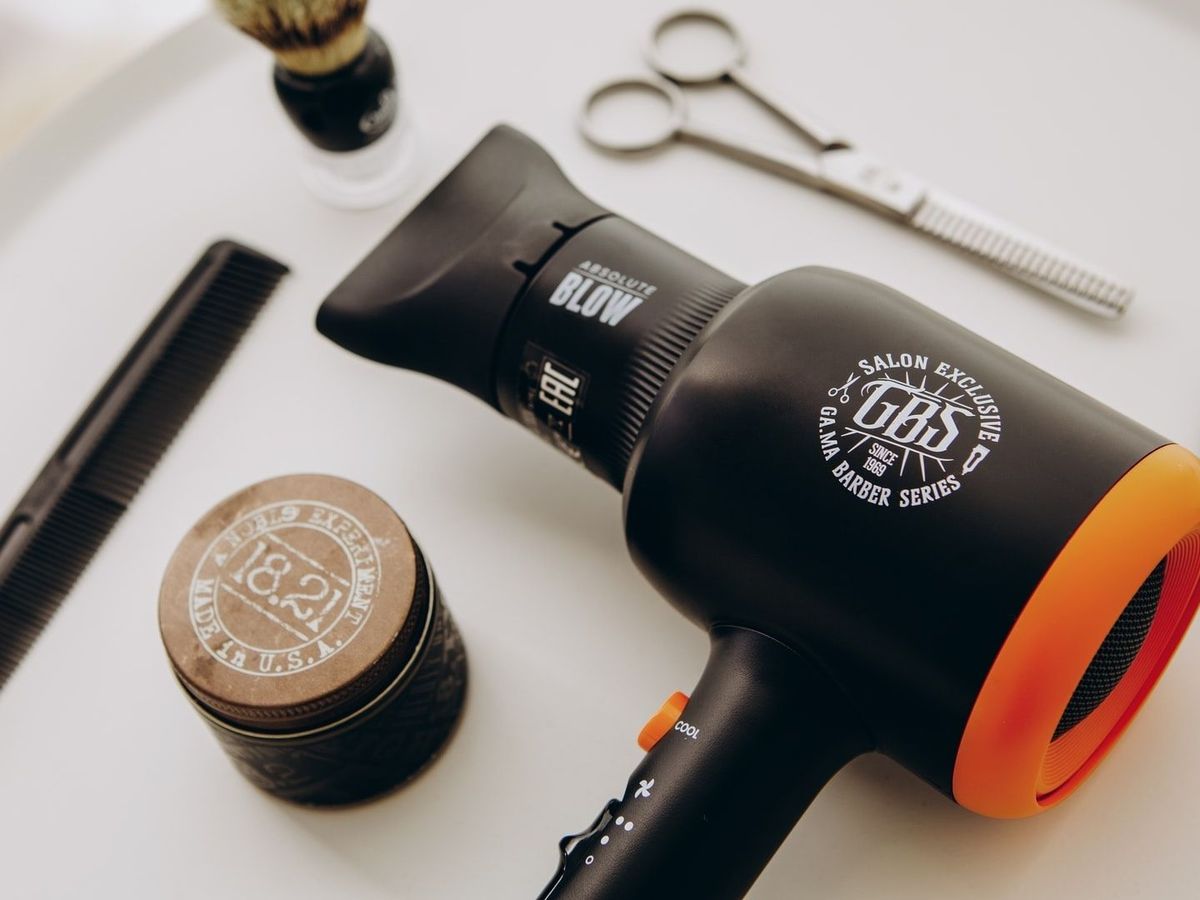
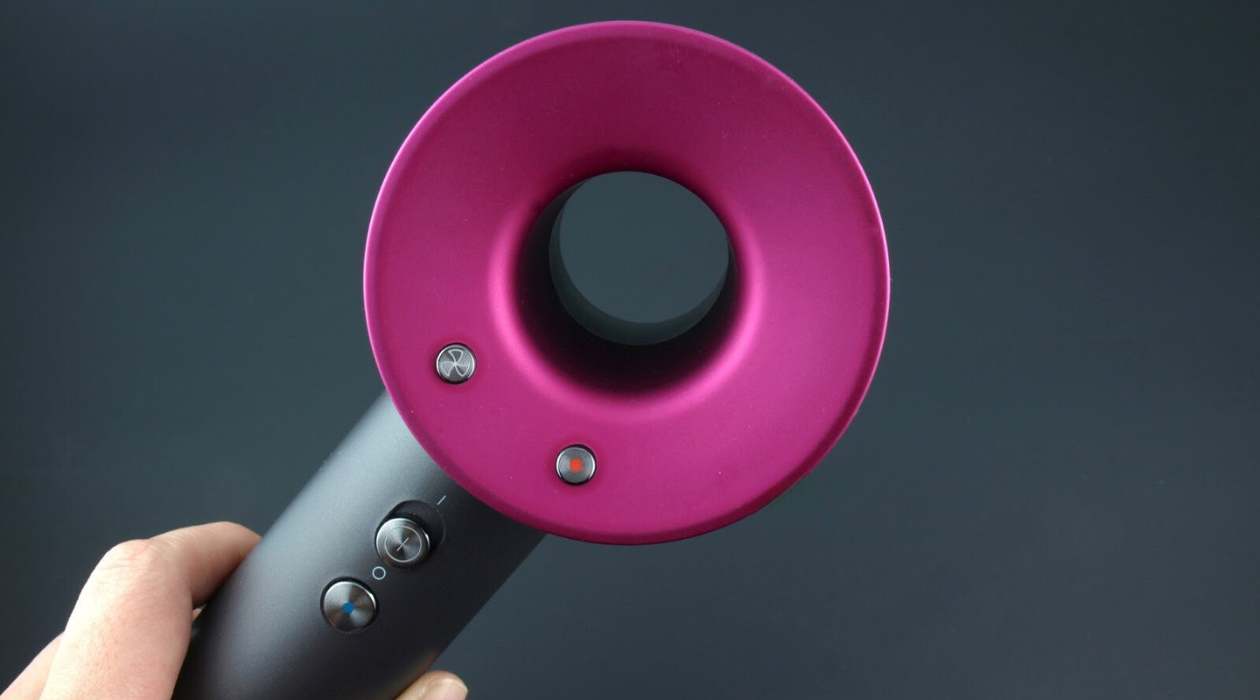
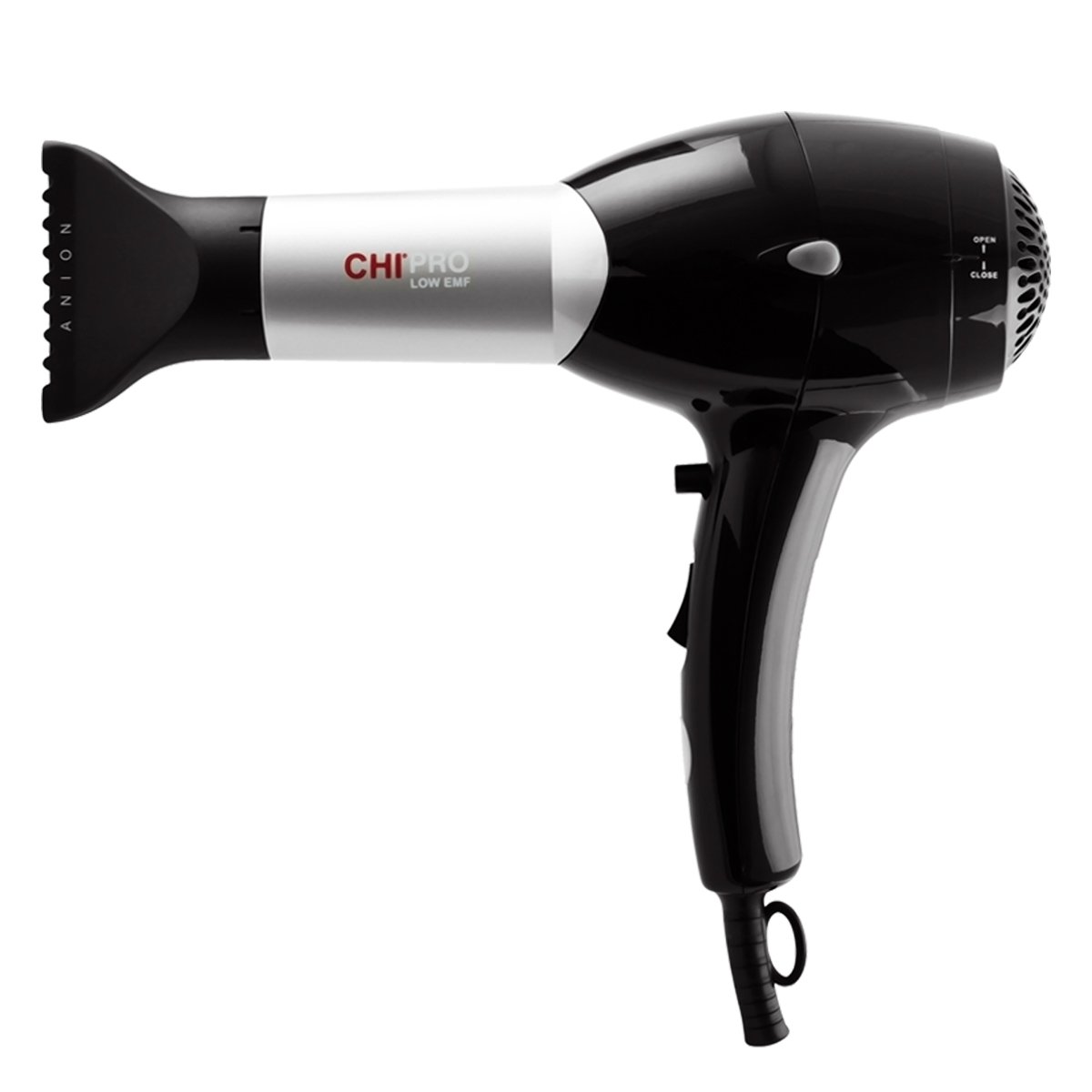
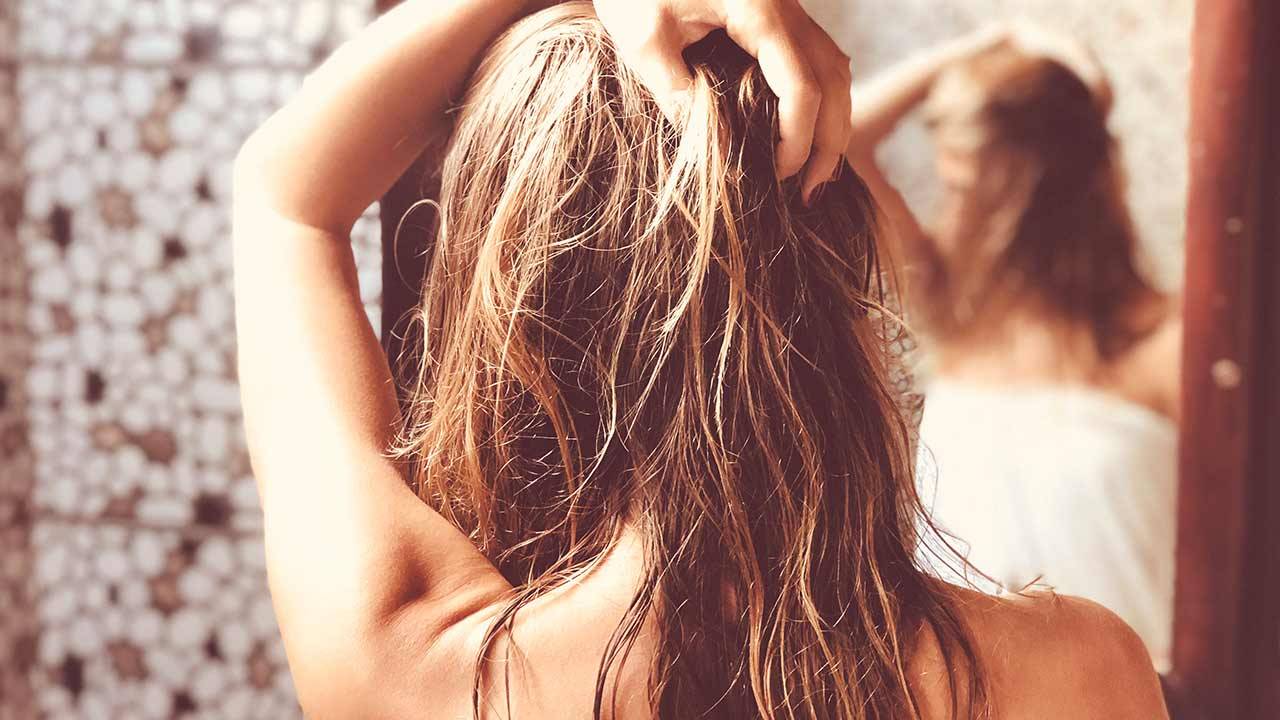
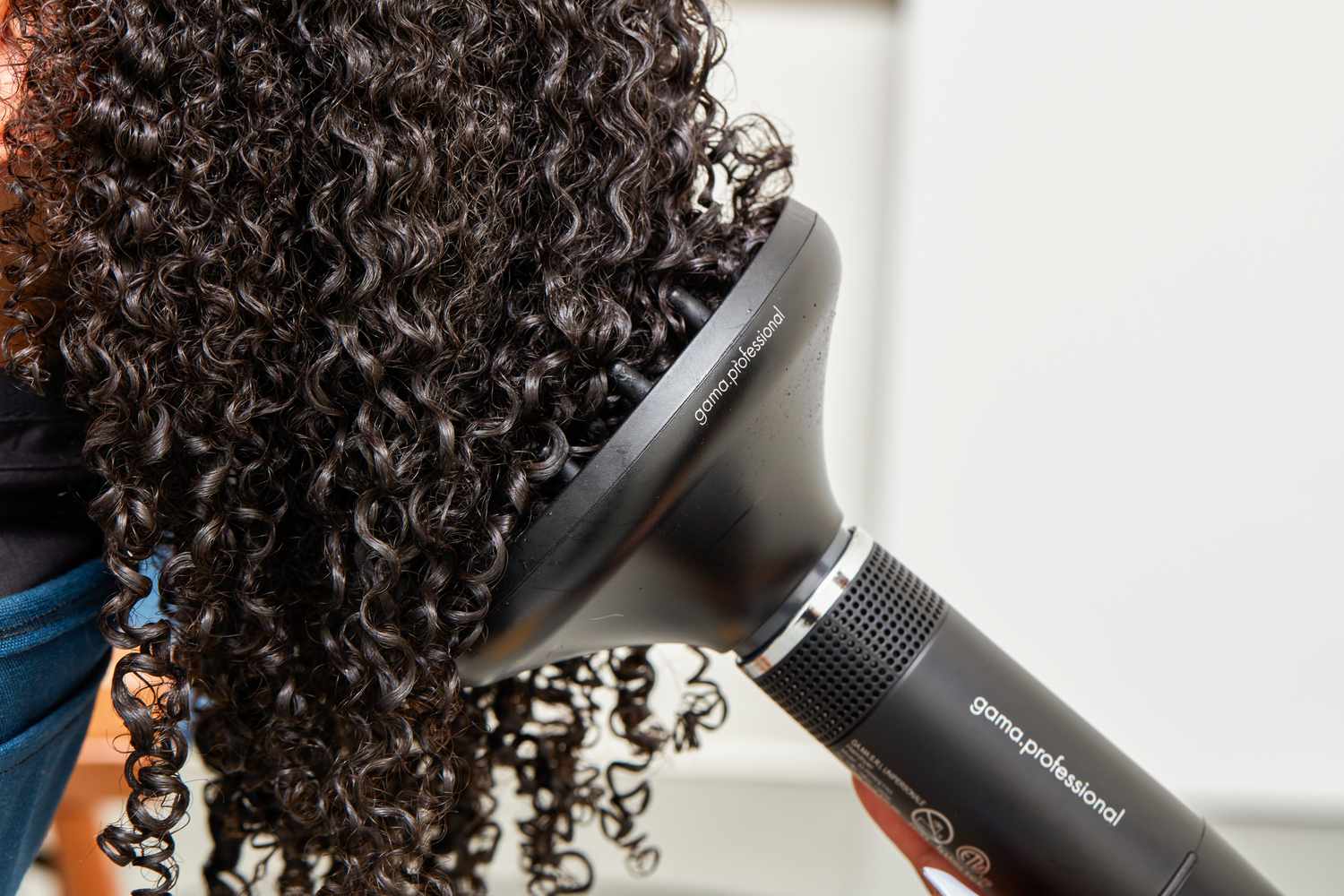
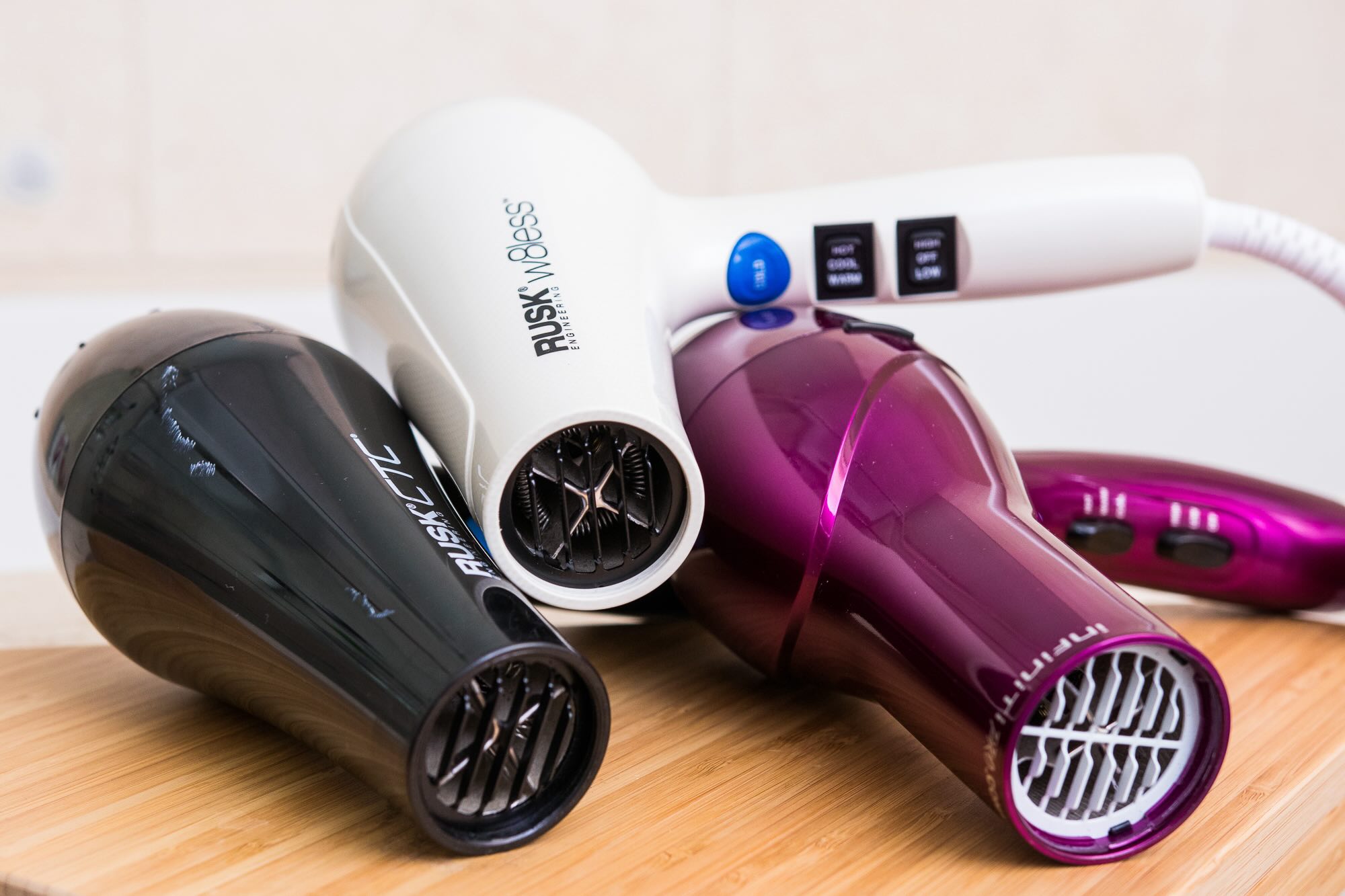
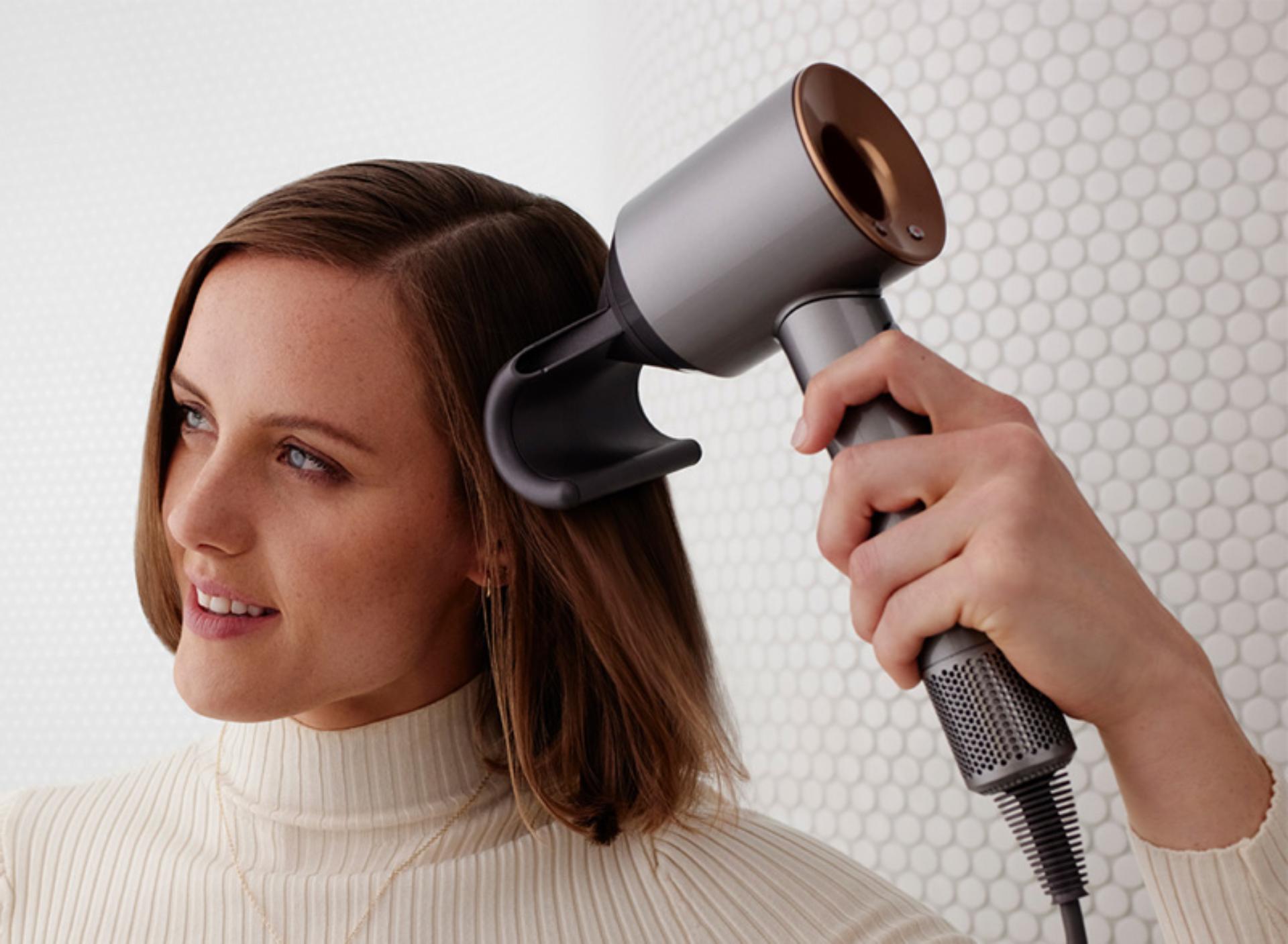
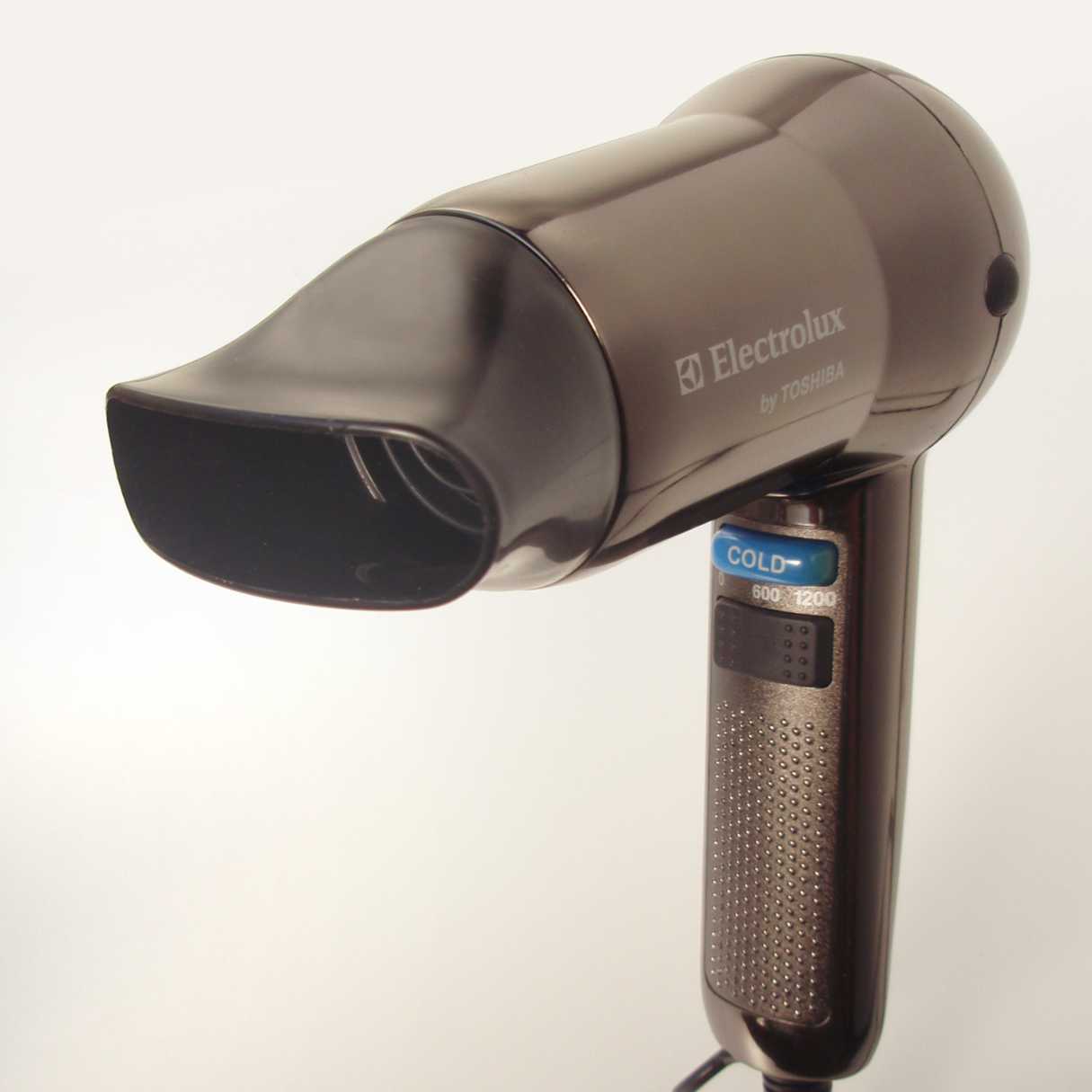
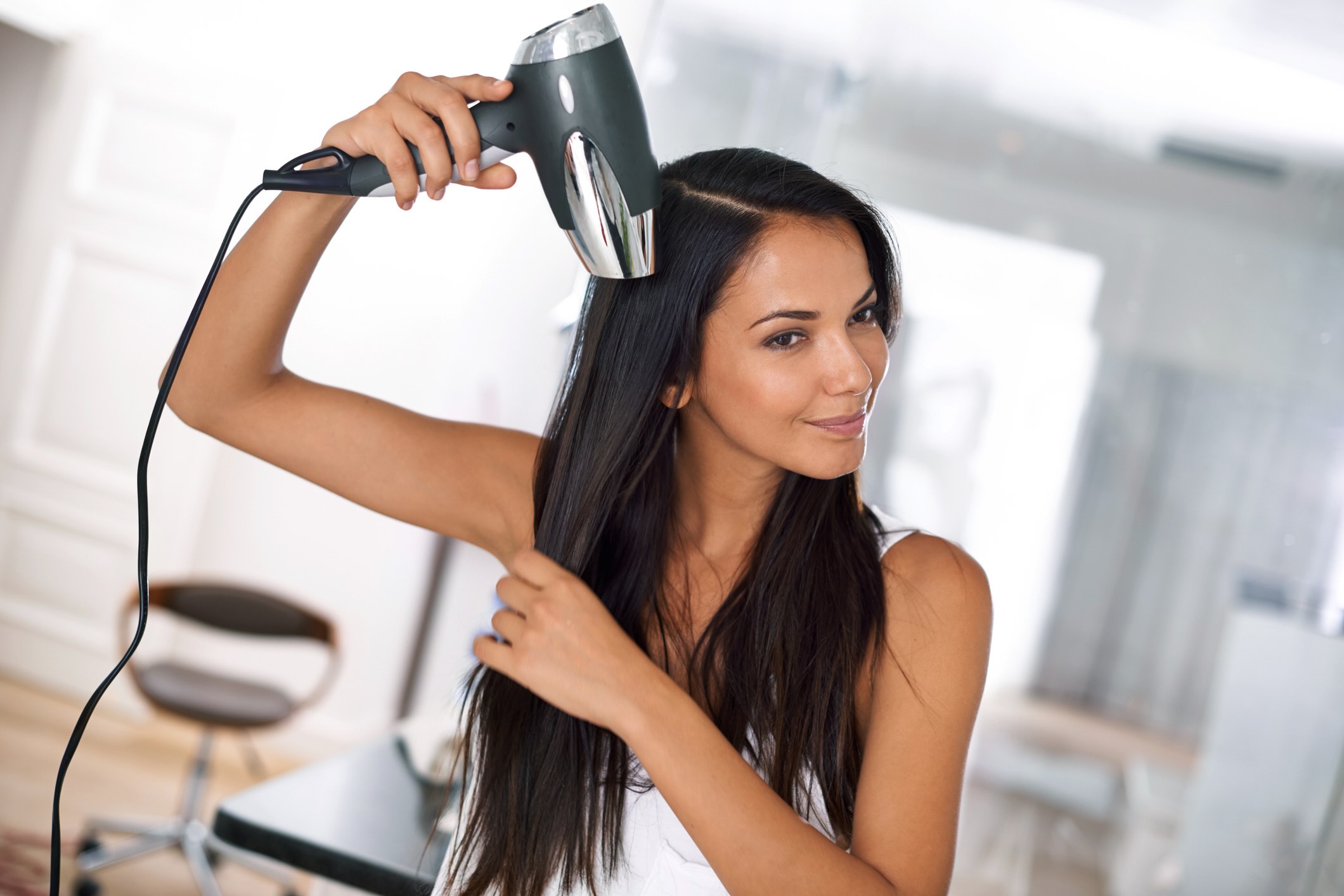
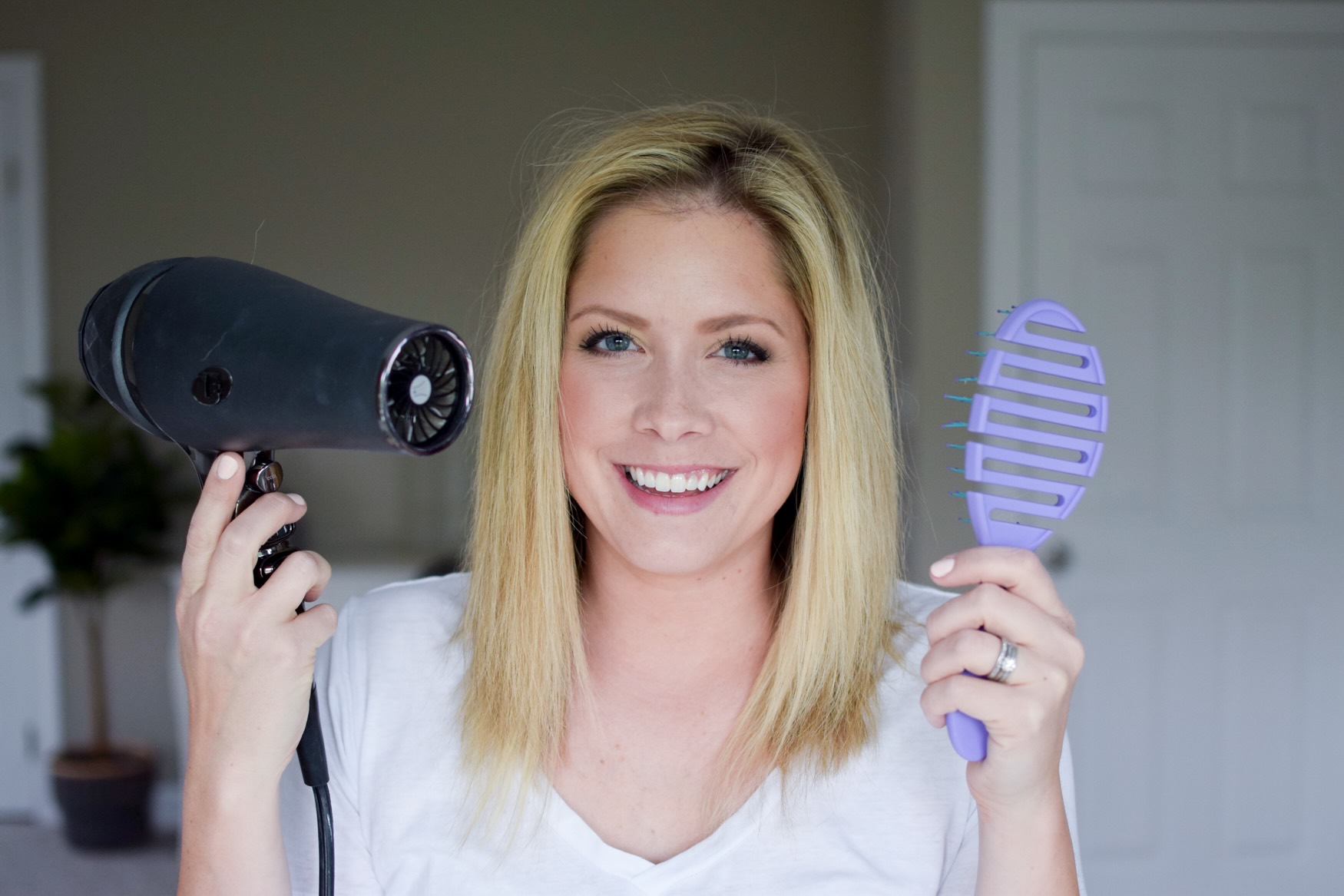
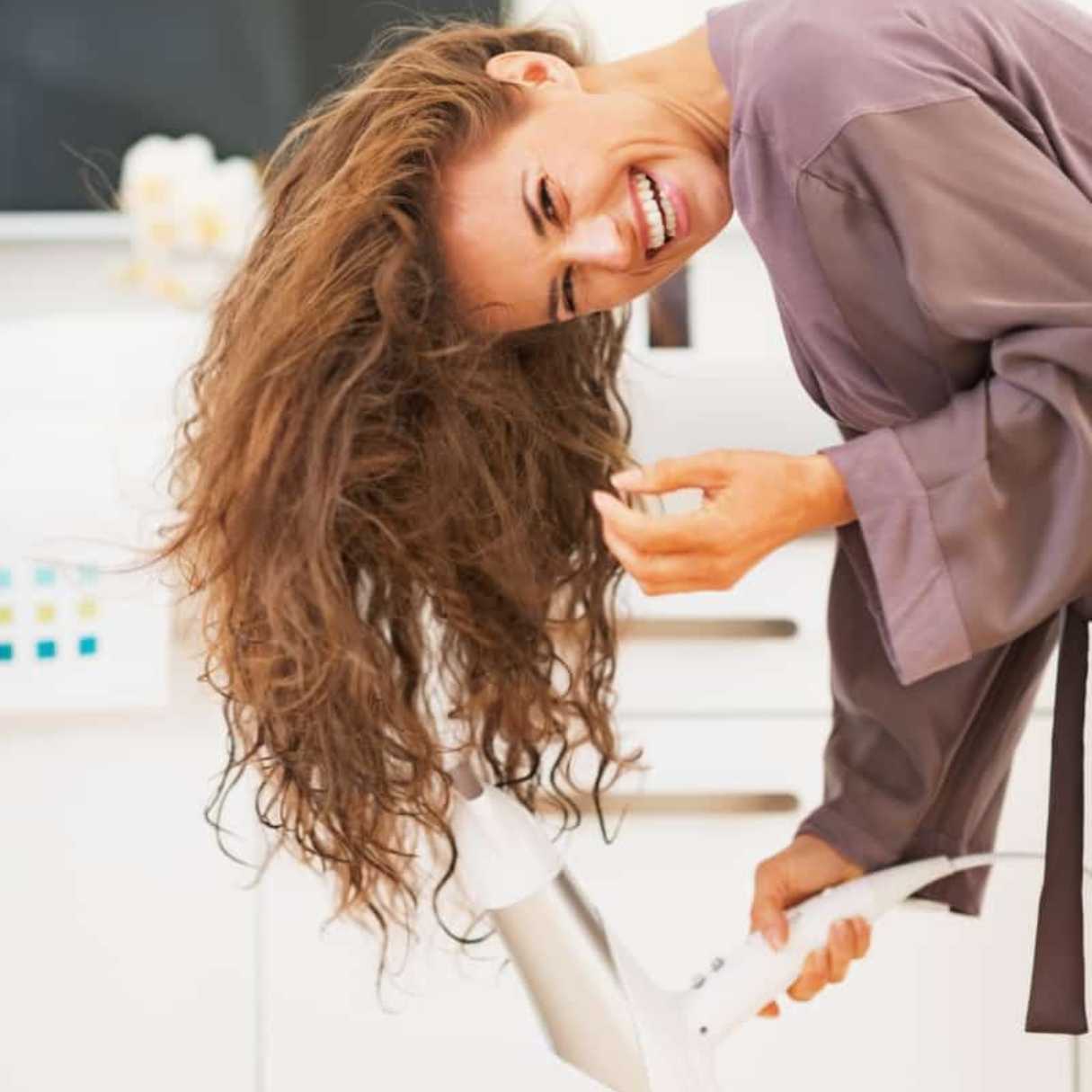
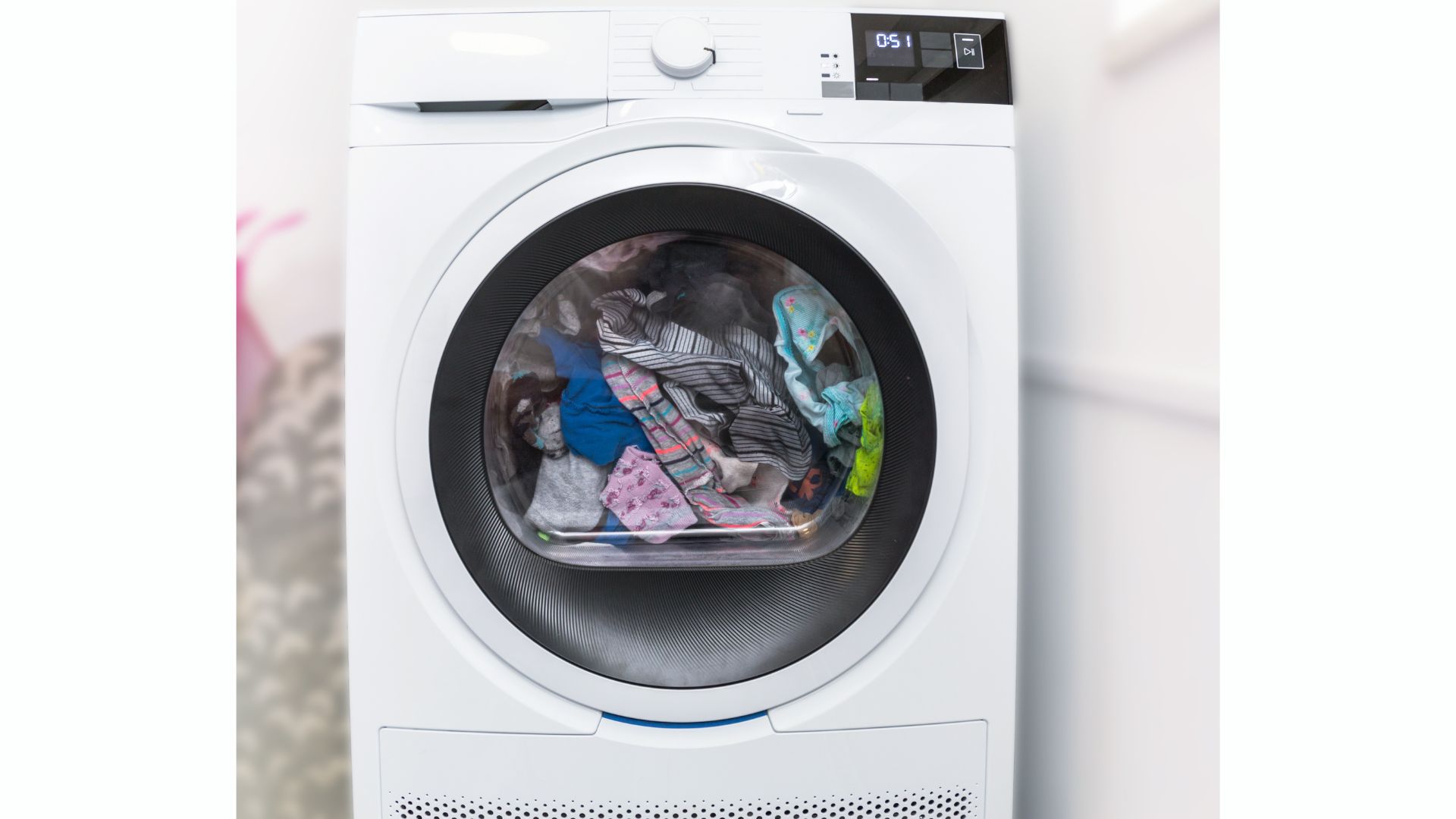
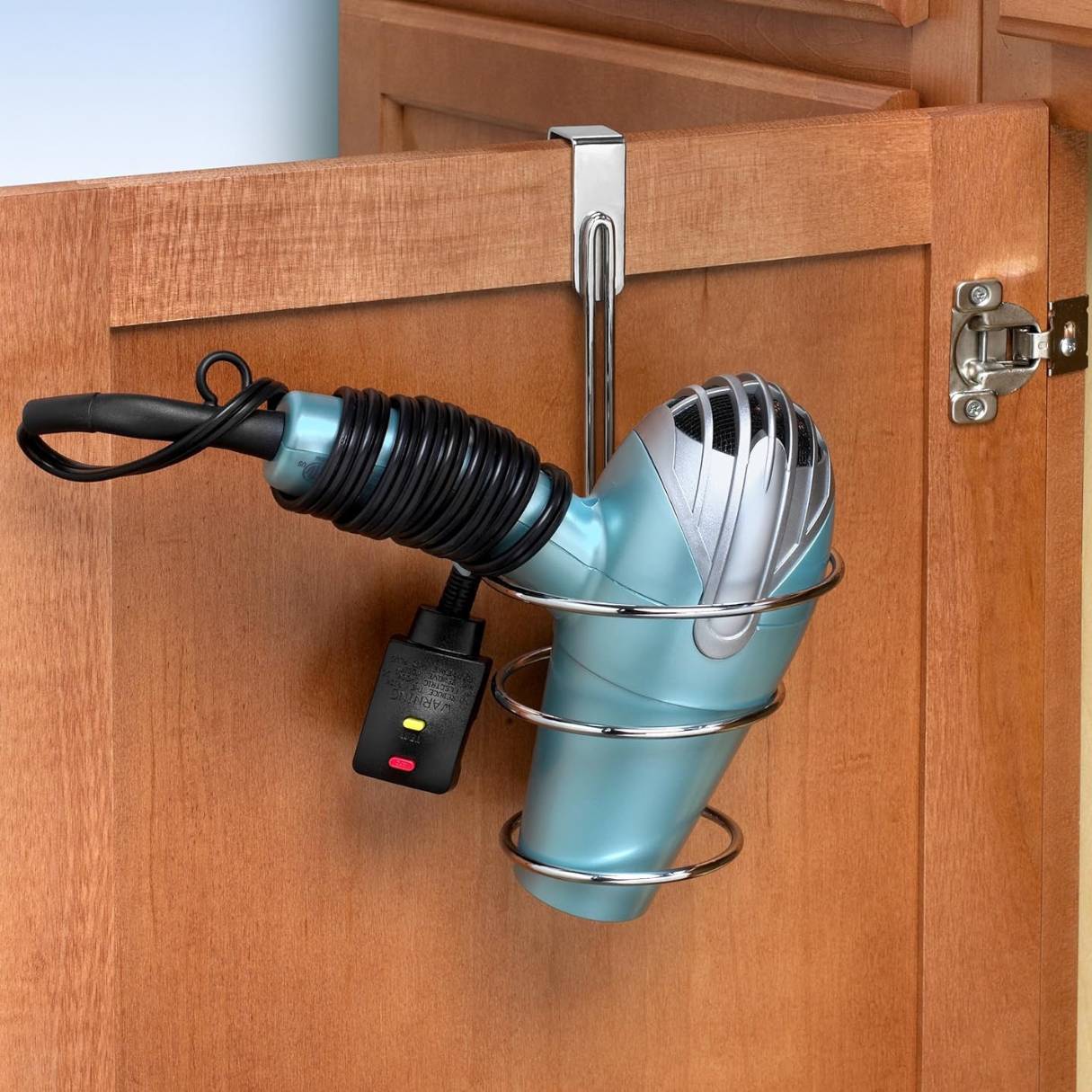
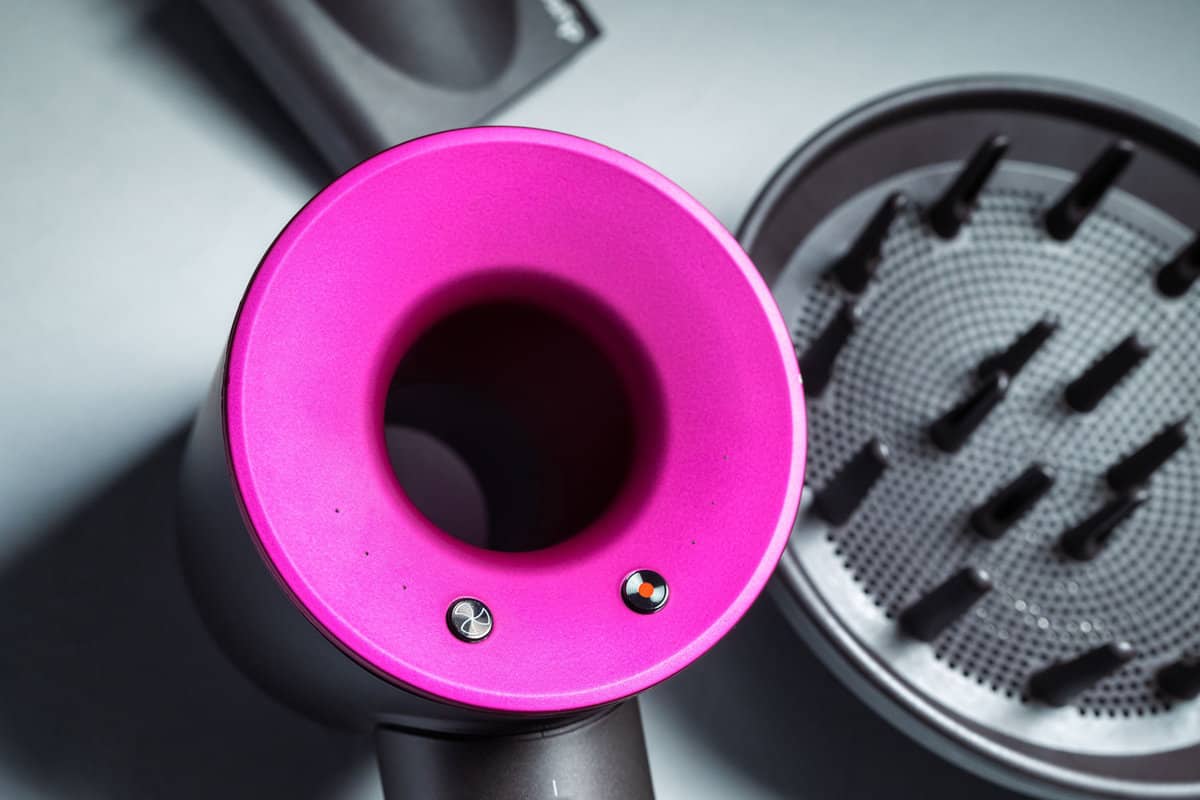

0 thoughts on “How Many Decibels Is A Hair Dryer”